There can be your advertisement
300x150
Lost in the Jungles: Amazing Ancient Cities Still Being Discovered by Archaeologists
Let's go on an adventure to mysterious jungle cities
Have you ever dreamed of being Indiana Jones and discovering a lost city deep in impenetrable jungles? It turns out such discoveries happen more often than we think. Modern archaeologists, armed with cutting-edge technology, continue to find amazing ancient settlements hidden from human eyes for centuries. Let's go on an exciting journey through the most fascinating discoveries of recent years.
Main points from the article:
Archaeologists continue to find ancient cities in remote jungles;
Modern technologies like LiDAR help detect ruins hidden under vegetation;
Discovered cities reveal secrets of ancient civilizations and change our understanding of history;
Many of these cities were discovered in the last decades;
Researching these places is often challenging due to remoteness and dense vegetation;
Each new discovery can significantly impact our understanding of ancient cultures.
La Corona: The Lost Maya City in Guatemala
Imagine this: you're pushing through thick jungle undergrowth in Guatemala, and suddenly magnificent pyramids emerge from the forest canopy. That's exactly how the ancient Maya city of La Corona was discovered in 1996.
Located in a remote area in northern Guatemala, La Corona remained unknown to modern science until the end of the 20th century. Archaeologists found several pyramids, palaces, and other monumental structures dating to the Classic period of Maya civilization (250-900 AD).
But the most fascinating discovery was made in 2012, when researchers found a stone slab with hieroglyphic inscriptions. This find shed light on the political history of the Maya and their relations with the powerful city of Calakmul.

Photo: Pinterest.com
Caral: The Oldest City in the Americas in Peruvian Jungles
Now let's travel to Peru, where in the valley of the Supe River lies a real sensation — the city of Caral, the oldest known city in the Americas.
Although Caral was discovered as early as 1948, its true significance only became clear after large-scale excavations began in 1994 under the leadership of Peruvian archaeologist Ruth Shady Solis. Radiocarbon dating showed that the city existed about 5,000 years ago, making it a contemporary of ancient Egyptian pyramids!
Caral is impressive in its scale: the city covers approximately 66 hectares, with six large pyramid structures, an amphitheater, and a complex irrigation system. This discovery forced scientists to reconsider their understanding of civilization development in the New World.
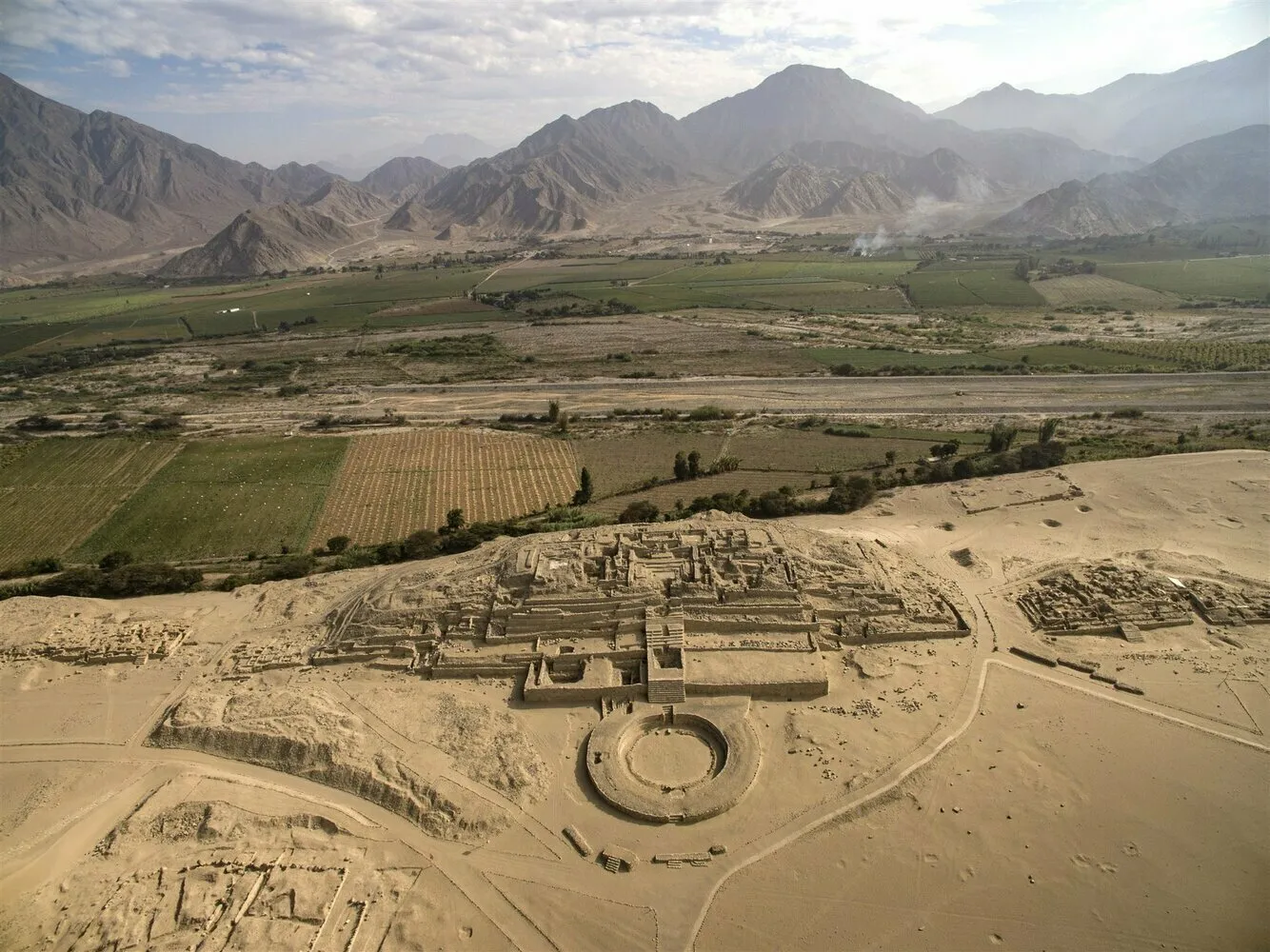
Photo: Pinterest.com
Palenque: The Jewel of Maya Civilization in Mexican Jungles
Deep in the tropical forests of the Mexican state of Chiapas lies one of the most refined cities of Maya civilization — Palenque. Although the existence of these ruins was known to local inhabitants for centuries, for the Western world Palenque remained a mystery until the mid-18th century.
In 1740, Spanish priest Antonio de Solis accidentally came across the ruins during his journey. However, serious study of the city began only in the 19th century when a series of European travelers and scholars visited the site and published reports about their findings.
Palenque is remarkable for its refined architecture and sculpture. The city flourished in the 7th century AD under the rule of ruler K'inich Kan Bahlam Pakal, also known as Pakal the Great. The most impressive structure in Palenque is the Temple of the Inscriptions — a 23-meter-high pyramid, inside which a pristine sarcophagus of Pakal was discovered in 1952.
However, the true scale of Palenque only became known in recent decades. Archaeologists believe that only one-tenth of the city has been excavated, with the rest still hidden under jungle cover. In 2016, using LiDAR technology, researchers discovered a vast network of previously unknown structures around the city center.
These discoveries revealed that Palenque was much larger and more complex than previously thought. The city had an advanced water supply system, including aqueducts and underground channels, indicating a high level of engineering skill among ancient Maya.
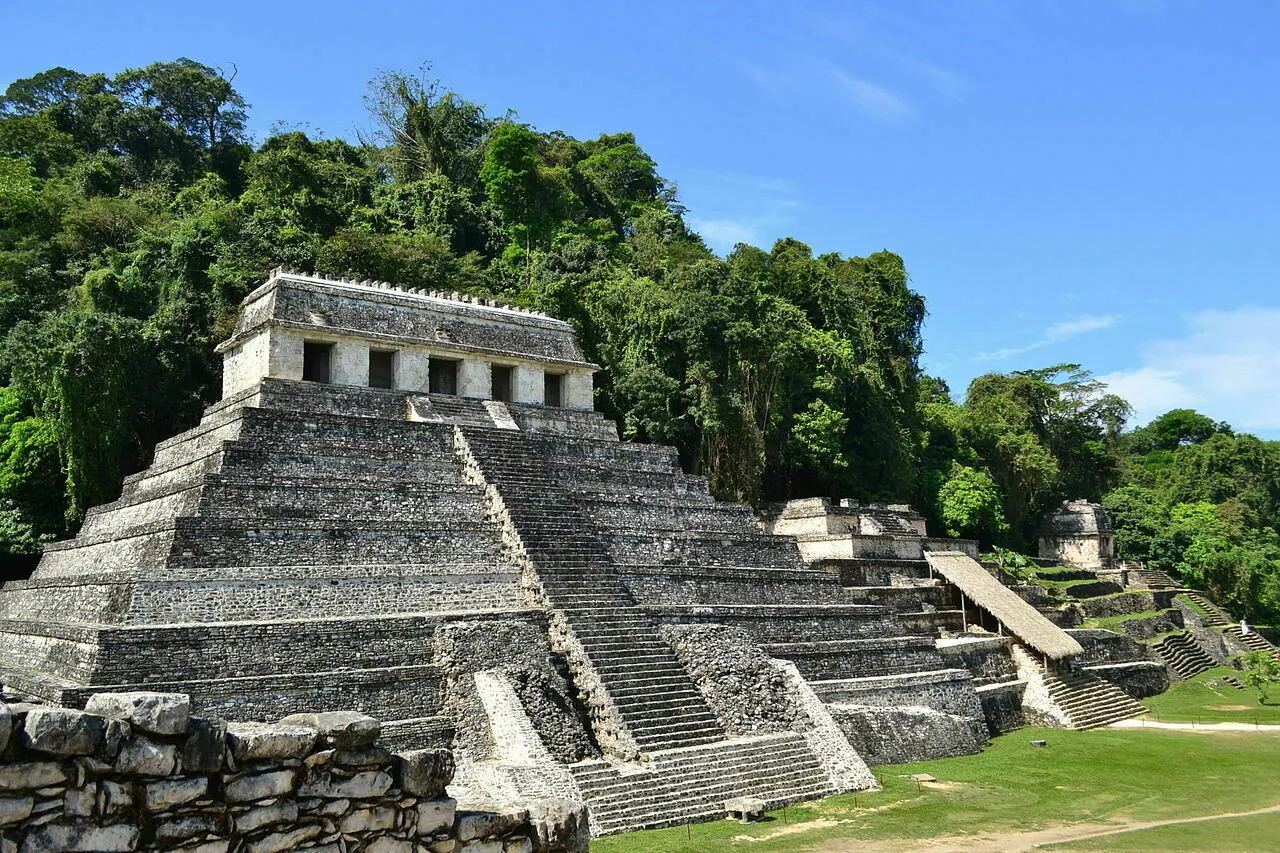
Photo: Pinterest.com
Angkor Wat: The Ancient Capital of the Khmer Empire in Cambodian Jungles
In 2012, archaeologists made a breakthrough in studying ancient Khmer civilization. Using LiDAR imaging, they discovered the remains of a massive city hidden under the jungle canopy in Cambodia. This city, named Mahendraparvata, was one of the first capitals of the Khmer Empire.
Mahendraparvata is located on Mount Phnom Kulen, about 40 kilometers north of the famous Angkor Wat. The city was founded in the 9th century AD by King Jayavarman II but was soon abandoned, and the jungle swallowed it.
LiDAR imaging allowed archaeologists to 'see' through dense vegetation the complex system of temples, palaces, reservoirs, and channels. This discovery significantly expanded our knowledge of early history of the Khmer Empire and its urban planning traditions.
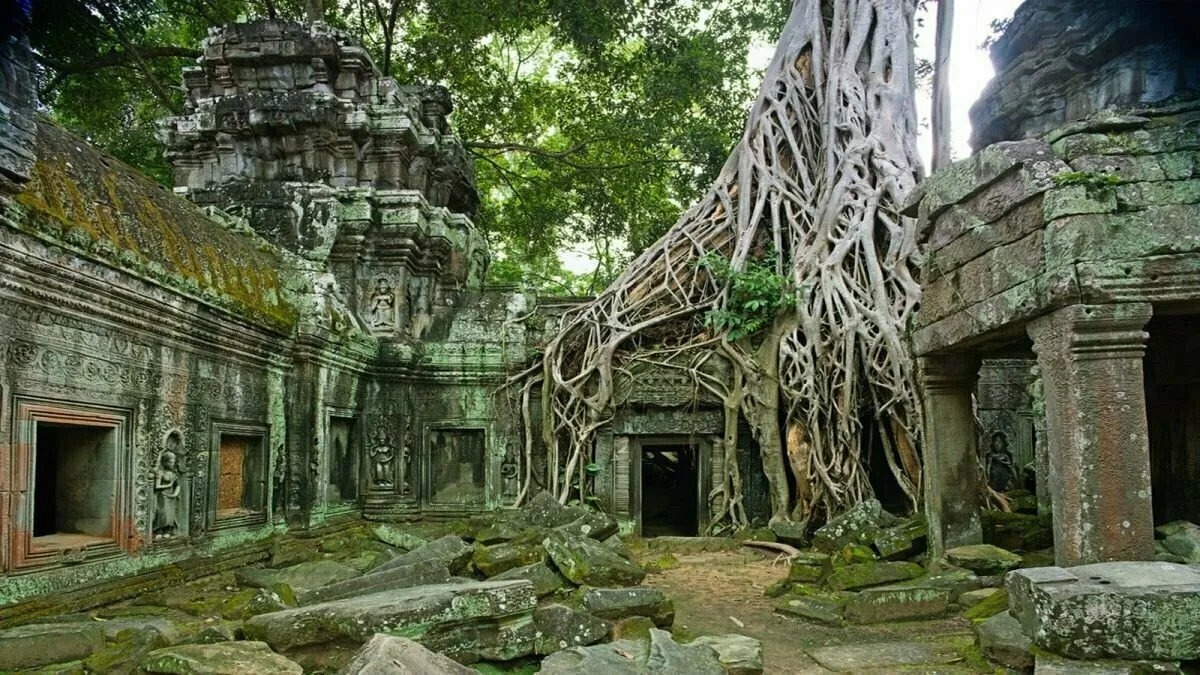
Photo: Pinterest.com
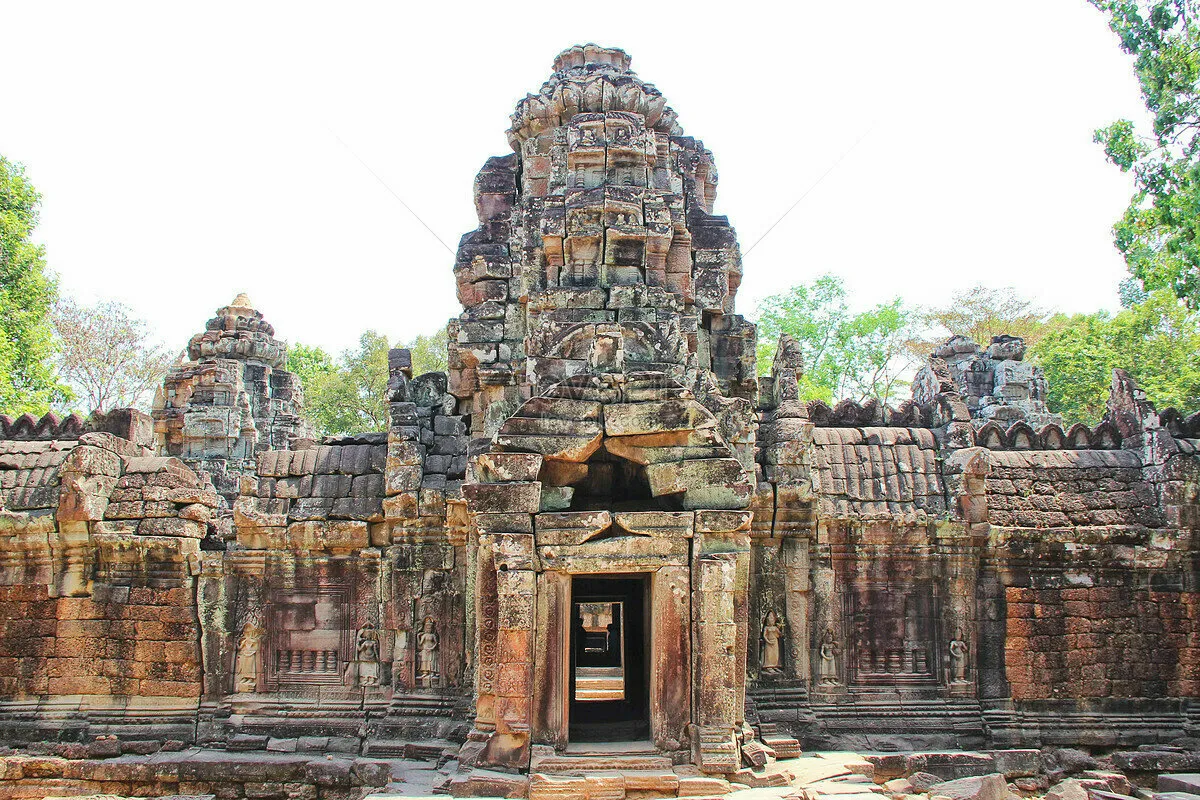
Photo: Pinterest.com
Tikal: The City That Was Hiding in Plain Sight
Tikal, one of the largest cities of Maya civilization located in the jungles of Guatemala, was not completely 'lost' in the traditional sense. Local inhabitants always knew about its existence, and the first scientific expeditions visited it as early as the 19th century.
However, the true scale and significance of Tikal only became clear in recent decades thanks to modern technologies. In 2018, using LiDAR, archaeologists discovered that Tikal was much larger than previously thought. Thousands of previously unknown structures were hidden under the jungle canopy, including roads, houses, and defensive buildings.
These discoveries showed that Tikal was not just a ceremonial center, but a true megacity of antiquity, possibly housing up to 100,000 people.
Each new discovery in the jungles forces us to reconsider our understanding of ancient civilizations. Scientists are constantly amazed by the scale and complexity of their cities. This reminds us how much we still don't know about our past.

Photo: Pinterest.com

Photo: Pinterest.com
What Lies Ahead?
Despite all these amazing discoveries, archaeologists are confident that jungles still hold many secrets. Developments in technologies such as LiDAR and satellite imaging open new possibilities for exploring remote areas.
Who knows what other amazing cities and civilizations are hidden under the jungle canopy, waiting for their time? Perhaps the most exciting discoveries lie ahead. Who knows — maybe you will be the one to uncover the next secret of the ancient world, lost in the jungle.
Cover: Pinterest.com
More articles:
 Longest Rivers of the Planet: Arteries of Continents
Longest Rivers of the Planet: Arteries of Continents How to Transform a Khrushchyovka into Modern Living Space: A Guide for Those Tired of Crowding
How to Transform a Khrushchyovka into Modern Living Space: A Guide for Those Tired of Crowding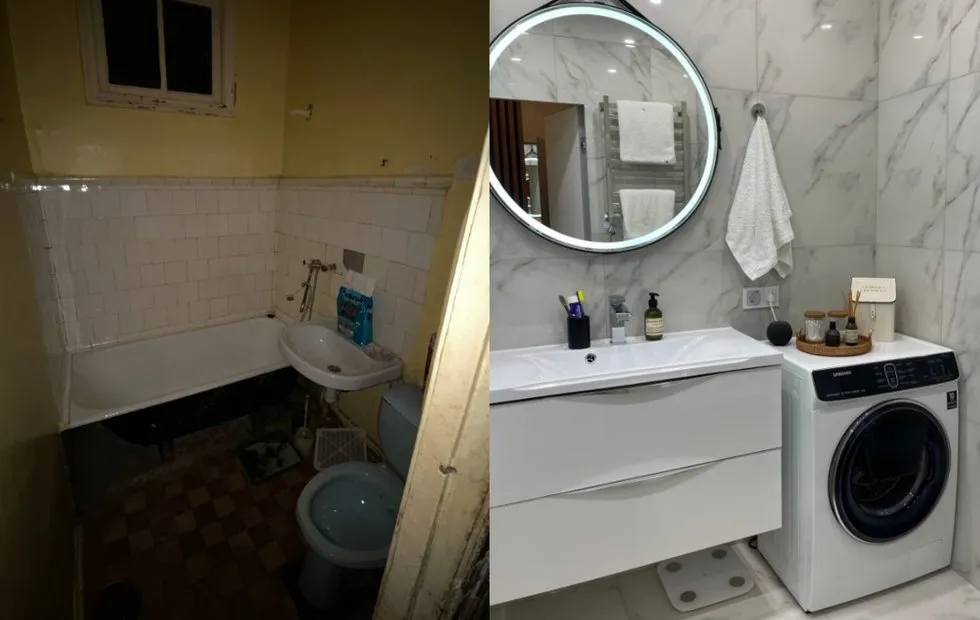 Before and After: 3 sqm Bathroom in a Khrushchyovka. Real Renovation Example
Before and After: 3 sqm Bathroom in a Khrushchyovka. Real Renovation Example Before and After: Stunning Transformation of a 51 sqm Stalin-era 2-Room Apartment
Before and After: Stunning Transformation of a 51 sqm Stalin-era 2-Room Apartment Before and After: How a Designer Transformed a Khrushchyovka into a Stylish Euro Apartment in Just 3 Months
Before and After: How a Designer Transformed a Khrushchyovka into a Stylish Euro Apartment in Just 3 Months Before and After: How We Refreshed a 'Worn-Out' Kitchen
Before and After: How We Refreshed a 'Worn-Out' Kitchen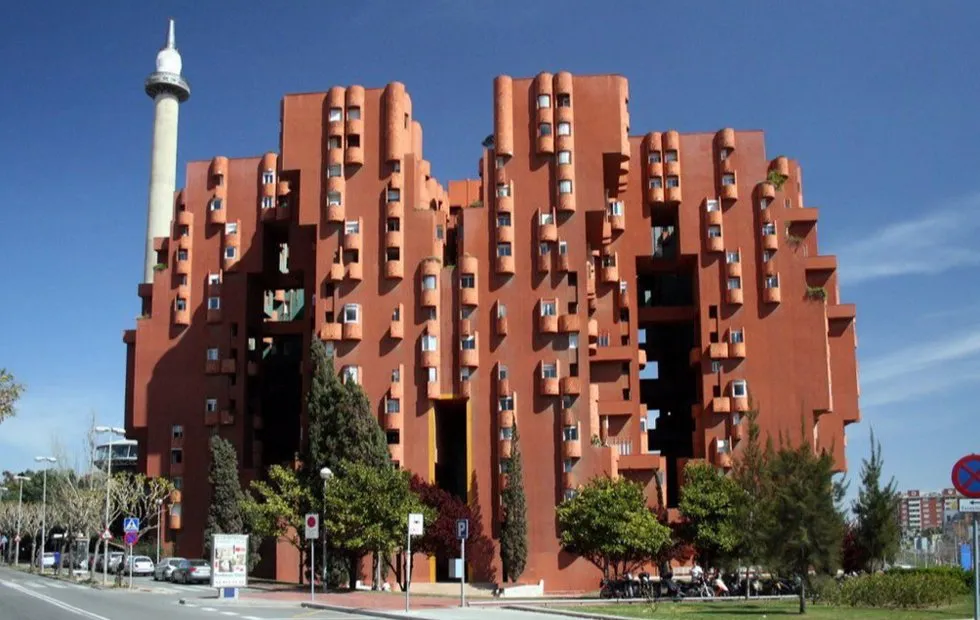 10 Iconic Residential Complexes That Transformed Cities Worldwide
10 Iconic Residential Complexes That Transformed Cities Worldwide 7 Design Ideas We Saw in a Unique Apartment
7 Design Ideas We Saw in a Unique Apartment